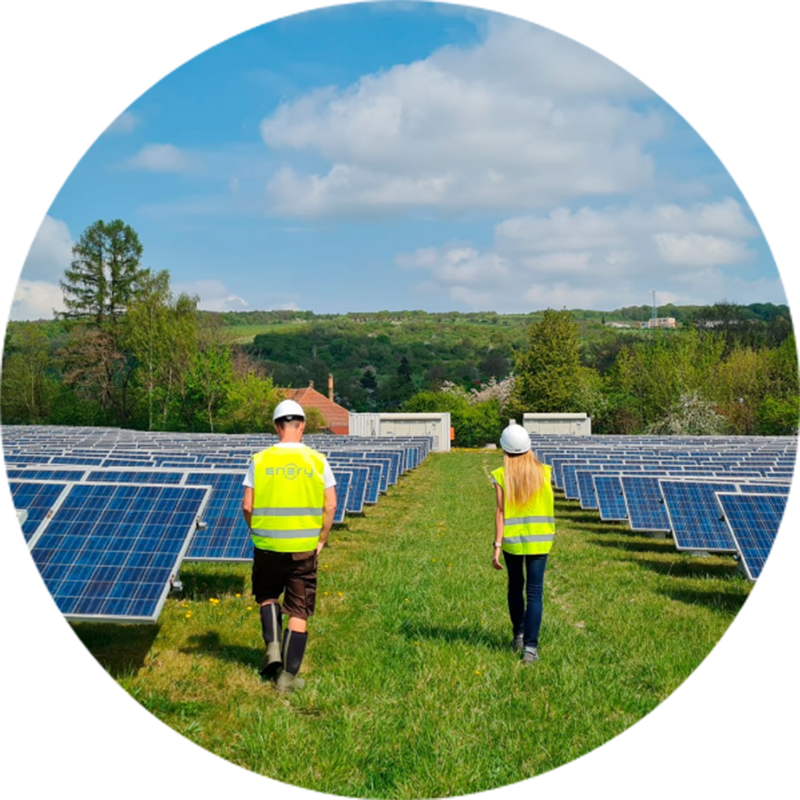We do the right
things right
Read our full Sustainability report for 2022
Enery is leading the green energy transition through the acquisition, development, construction, and operation of large-scale renewable energy plants. With a sustainable long-term vision, we deliver clean electricity at affordable prices to create a more sustainable energy landscape.
Headquartered in Austria, our young and ambitious team takes a forward-thinking approach to renewable energy – helping our customers to reduce both emissions and costs.

Our team of industry professionals can help your organization meet its energy, financial, and sustainability goals. Utilizing our best-in-class services, you can reduce operating costs, achieve your ESG targets, and gain a competitive edge in the market.
Across Central and Eastern Europe, we provide affordable and reliable green energy solutions to a diverse range of companies, utilities, and governments.
Whether you’re an industrial consumer seeking a green power purchase agreement (PPA), a company looking to build an on-site renewable energy system, or a green energy producer wanting to optimize electricity trading – we’re a one-stop shop for all your energy needs.

At Enery, we believe renewable energy is not only terrific for the environment, but an opportunity to strengthen the communities we serve. That’s why many of our renewable energy developments also feature social and environmental programs to support communities and build more robust natural ecosystems.
Through our growing network of partners and clients, we build rewarding long-term relationships based on cooperation, trust, and mutual respect. We’re committed to creating a safe work environment, being transparent in our processes, and minimizing our environmental impact.

At Enery, we’re driven by a diverse team of ambitious and forward-thinking industry professionals.
Our backgrounds feature many different cultures and languages, but we’re united in creating a cleaner and more sustainable world for our children and future generations.